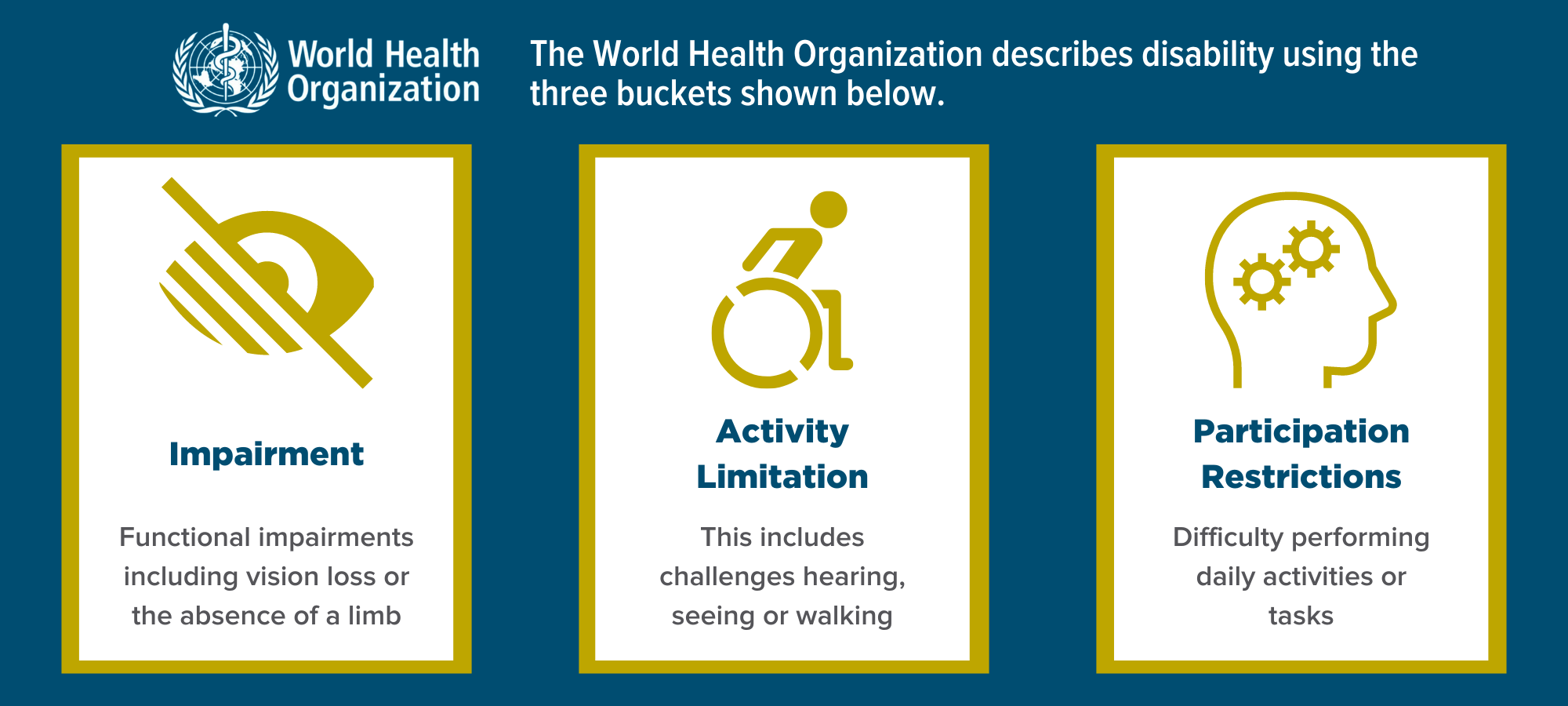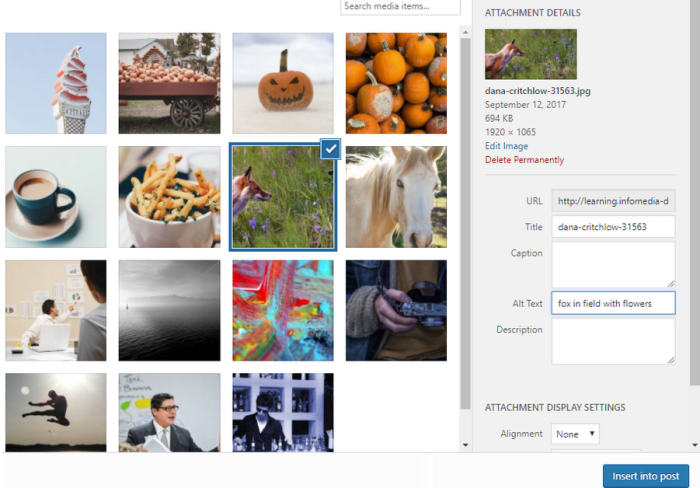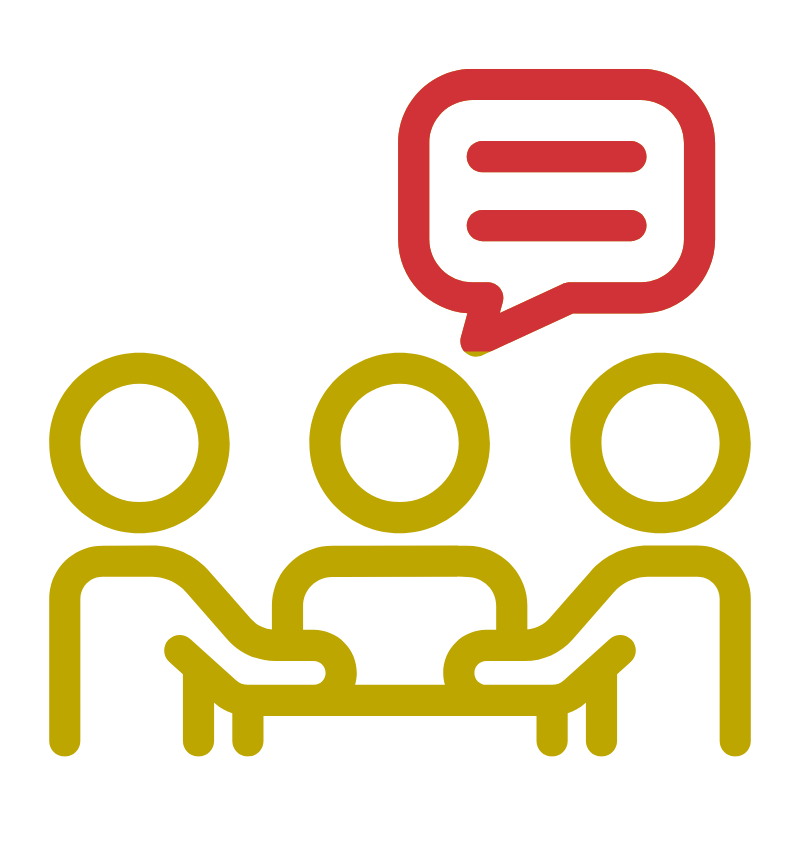As successful leaders know, a team is only as strong as the diversity of the voices at the table. And as more and more nonprofit leaders turn their attention to the fundamental importance of diversity, equity, and inclusion (DEI), and most importantly, the steps their organization can take to fully embody those values, it’s essential to consider the often-underrepresented group of employees and job seekers with disabilities.
According to the Disability Employment Policy released by the U.S. Department of Labor in August 2022, the employment rate for people with disabilities aged 16-64 is just 37.6%. And while this percentage has modestly increased from 35.1% in 2021, it trails the percentage of non-disabled employed people in the same age category (77.5%). The Disability Employment Policy’s findings also report that only 13% of US companies have reached the Department of Labor’s target goal of having at least 7% of a total workforce represented by people with disabilities. That figure is strikingly low when considering that, according to the Centers for Disease Control and Prevention, approximately 61 million Americans (which translates to roughly one in four of all Americans) has some type of disability.
The term “people with disabilities” is often used as a stand in to represent a single group of people. But, as with all labels, the term encompasses a wide range of differing factors that require a diverse set of accommodations. The World Health Organization describes disability in three buckets: Impairment (such as functional impairments including vision loss or the absence of a limb); Activity Limitation (such as challenges in hearing, seeing, or walking); and Participation Restrictions (such as difficulty performing daily activities).

The range of accommodations, therefore, requires unique and individualized customization, from assisting with visual, hearing, or mobility needs, to being sensitive and hospitable to factors less readily apparent such as cognitive challenges, or the presence of some auto-immune conditions.
Tactical Tips for Attracting Candidates with Disabilities
To build an inclusive workforce that is both welcoming and accommodating of all potential employees, regardless of disability status, it is essential to consider a number of key steps and factors in an organization’s hiring mechanism.
Inclusive Job Descriptions and Postings
Inclusivity potential begins with the job description, the very first step in the hiring process. In creating job descriptions, hiring managers should draft language that is free from gendered syntax, industry jargon, and biased idioms (i.e. “a good fit” and “hit the ground running”). If an organization has a robust DEI practice, a job description might share the organization’s strengths and successes, using language such as “celebrate,” “thrive,” and “respect.” Descriptions should be presented in short sentences or brief paragraphs that are absent of italics or other font differences that could make readability challenging for individuals with visual impairments.
Organizations should share and include their DEI statement on all job descriptions and listings. Using an accessible career website that includes options such as alt text, is crucial (see example below). Organizations might consider avoiding including stock photos and instead opt for including real photographs that accurately reflect their workforce.

Providing alt text on images allows website visitors with impaired vision to understand the image context using a screen reader
It is also essential that in recruiting candidates, organizations make their job listings available beyond their usual roster of job platforms. LinkedIn is a valuable source for posting jobs as the platform allows organizations to share job listings with specific groups that may have a far broader reach. For example, organizations might share job postings with the following LinkedIn groups: Professionals with Disabilities (13.5k members), Disability Advocates (30.7k members), Deaf and Hard of Hearing Professionals (13.2k members), Campaign for Disability Employment (9k members), Diversity and Disability@Work (13k members), and Blind and Visually Impaired Professionals (3.5k members).
Accommodating and Mindful Interviews
In interviewing potential employees, offering the option of either a phone or video interview can allow for greater inclusivity. For video interviews, recommendations for audio and lighting can be helpful when provided by an organization in advance of the interview.
Actively avoiding a likability bias is something more organizations are looking at deeply. While many, if not most, hiring managers and organization leaders may consider themselves free of bias, there is wide ranging evidence that a bias to hire candidates reflective of a hiring manager exists (i.e. a hiring manager who is a seasoned marathon runner might have a proclivity to hire someone who enjoys running). To counter this bias, organizations should ensure that more than one person is represented in interviews and that hiring committees include individuals from underrepresented groups to assure a variety of perspectives. Further, candidates should be asked the same set of questions in the same order.
It is also fair to be honest if your organization is not yet where you hope it to be in the near future, and to share plans to create a physical or virtual office that is inclusive of all employees.
Tangible strategies for accommodating employees with disabilities
The Americans with Disability Act (ADA) mandates that reasonable accommodations be provided to a job and work environment. The central motive of the act is to ensure that all individuals, regardless of disability, are provided with the same opportunity to perform their job and thrive in their role. Hiring managers and organizational leadership should be deeply familiar with the ADA.
Accommodating a diverse workforce
To best accommodate employees with disabilities, organizations should have an accommodation statement prepared and ready to share at both the job posting stage and the onboarding stage of the hiring process. An accommodation statement allows job seekers to express—to their comfort level—mobility, hearing, and vision needs. It is fundamental that organizations are prepared to accommodate these needs or to actively work to create a workplace that will be able accommodate each individual’s unique accessibility needs.
Organizations should proactively take steps to create a more inclusive and accommodating workplace. Workplace flexibility has been a hot button topic since 2020 when many organizations shifted to remote work or created a hybrid model of work from home/in the office. And in accommodating employees with disabilities, organizations should consider policies that allow for maximum flexibility if being in a physical office might create unequal strain and challenges for individuals with disabilities. For in office work, accommodations should proactively be made for employees who require changes in the physical workplace, from desk location to the height of a computer screen. Further accommodations such as allowing flexible hours, using visuals, checklists, and slideshows for ease of comprehension, offering the option of either standing or sitting workspaces, and creating the option of using online functions such as chat bars during meetings and captioning during recorded or live audio are just a few ideas for creating a more accommodation office culture and workplace.
In addition to physical accommodations in an office and accommodations surrounding telework, an organization with a culture that is welcoming, inclusive, and celebratory of employees with disabilities speaks for itself. The ability for people with disabilities to thrive in the workplace does not just impact an individual or a group of individuals, it impacts us all and makes our organizations, communities, and society stronger.




